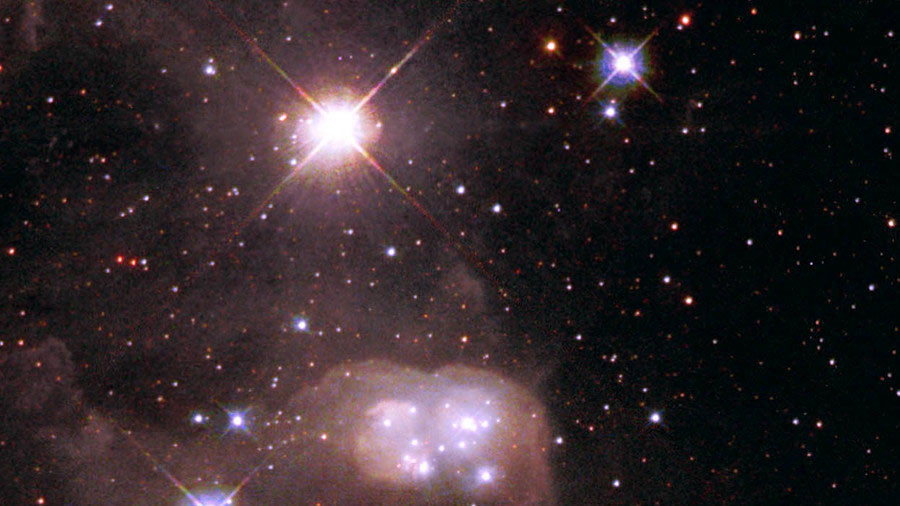Mysteries of the Solar Winds Cracked by Scientists

With the help of new data collected from STEREO, the NASA mission that has been orbiting the sun since 2006, scientists managed to get a better look at the sun’s atmosphere, where the solar wind is born and to understand how it is formed.
What is solar wind?
The solar wind is a stream of charged particles that burst out of the sun and influence everything in the solar system. We are all familiar with the powerful solar storms that have hit Earth on numerous occasions causing serious damage to electrical power plants and communication systems. This stream of particles forms in the hot atmosphere surrounding the sun and called the corona.
New information
The new data collected from the NASA mission allowed researchers to see how the solar wind forms in the outer corona and to understand why it flows in such a complex manner. According to Craig DeForest, a solar physicist at the Southwest Research Institute in Texas, in the previous images the scientists had the outer corona appeared smooth, which could not explain why the solar wind was turbulent in outer space. With the new techniques that improve image fidelity, the mystery has been solved. Scientists could see that the corona is not smooth, but structured and dynamic. They also discovered that every structure is in its turn made of smaller ones and is more dynamic.
How it works
The results came after a very laborious process of „cleaning” images from STEREO. The satellite carries an instrument called a coronagraph, which uses a black disk to block out the bright surface of the sun. This way the scientists could see what’s happening in the corona, which is much fainter than the surface. The cleaning up consists in removing other factors like the light of background stars or false signals from the instrument itself.
Then the scientists pieced together the images in a particular way that considered how quickly the solar wind was flowing out and they shifted the images accordingly.
It is as if we were aligning sequential images of a log drifting in a current so that the log, and not the trees along the riverbank, stacks up in every image. This technique offers a more detailed image of the log. In the same way, researchers could get more detailed images of the solar winds being formed. With this information at hand, scientists could explain why the solar wind flows so turbulently as it travels further away from the sun.
A new mission ahead
This is not all that the scientists discovered, however. They noticed that in a region about 7 million kilometers above the solar surface the solar wind seemed to hit a bump in the road. Before and after this point it was quite easy to be tracked. Scientists are puzzled by this situation and have no explanation. But NASA is going to launch a new mission, The Parker Solar Probe, to gather more information about the sun’s atmosphere. The mission is scheduled for the beginning of August and is supposed to fly directly into this mysterious region.
0 comments